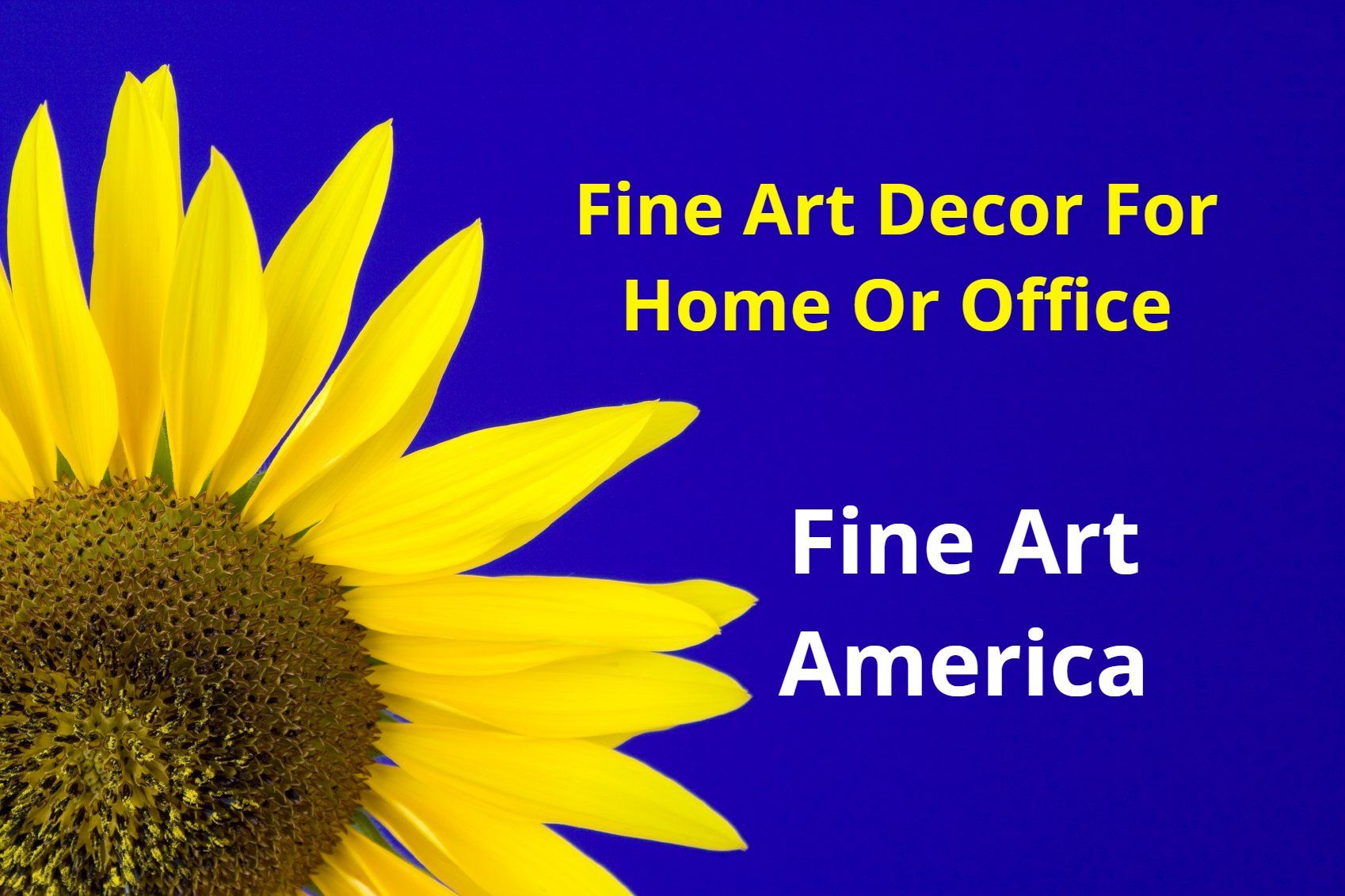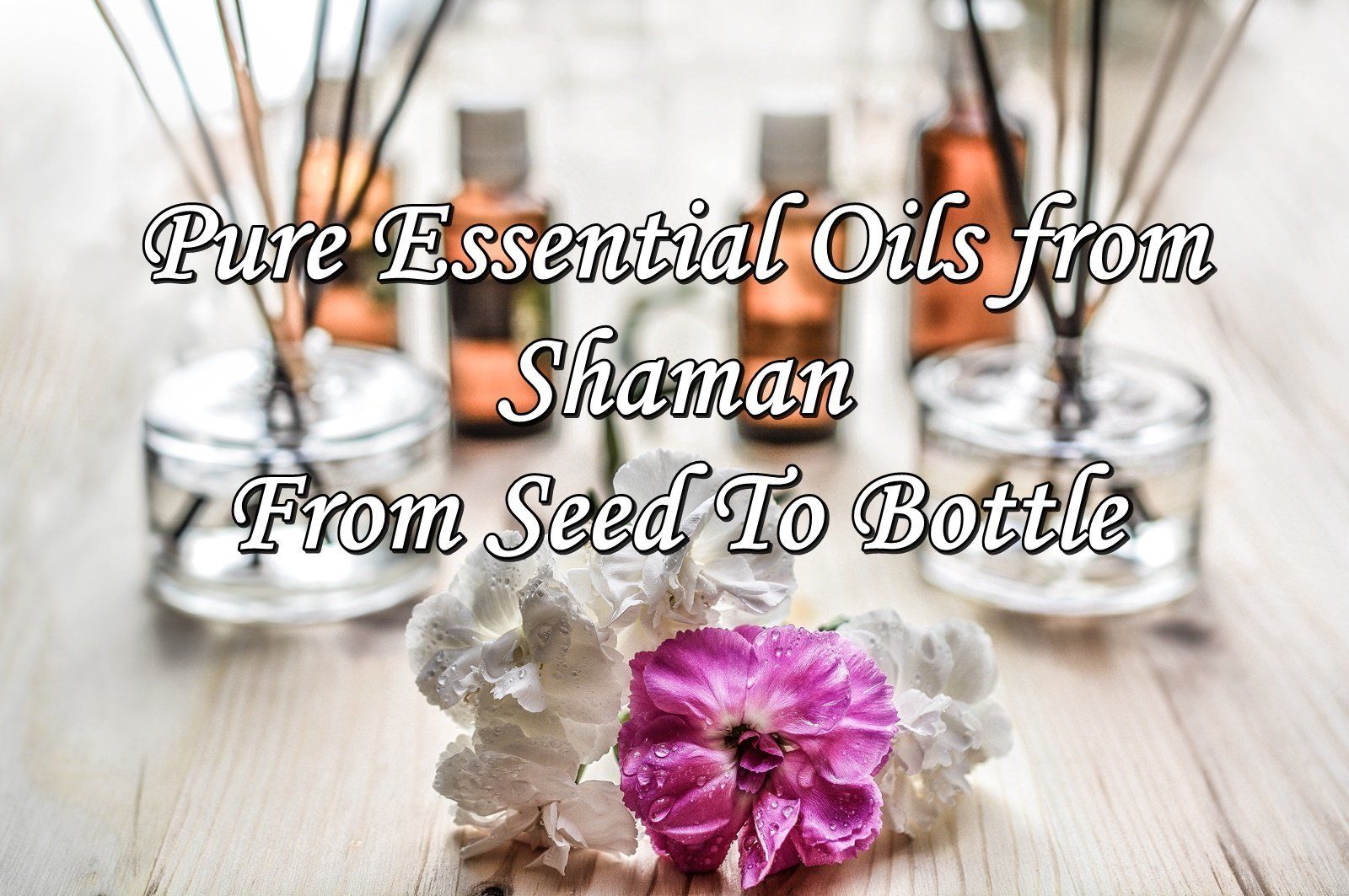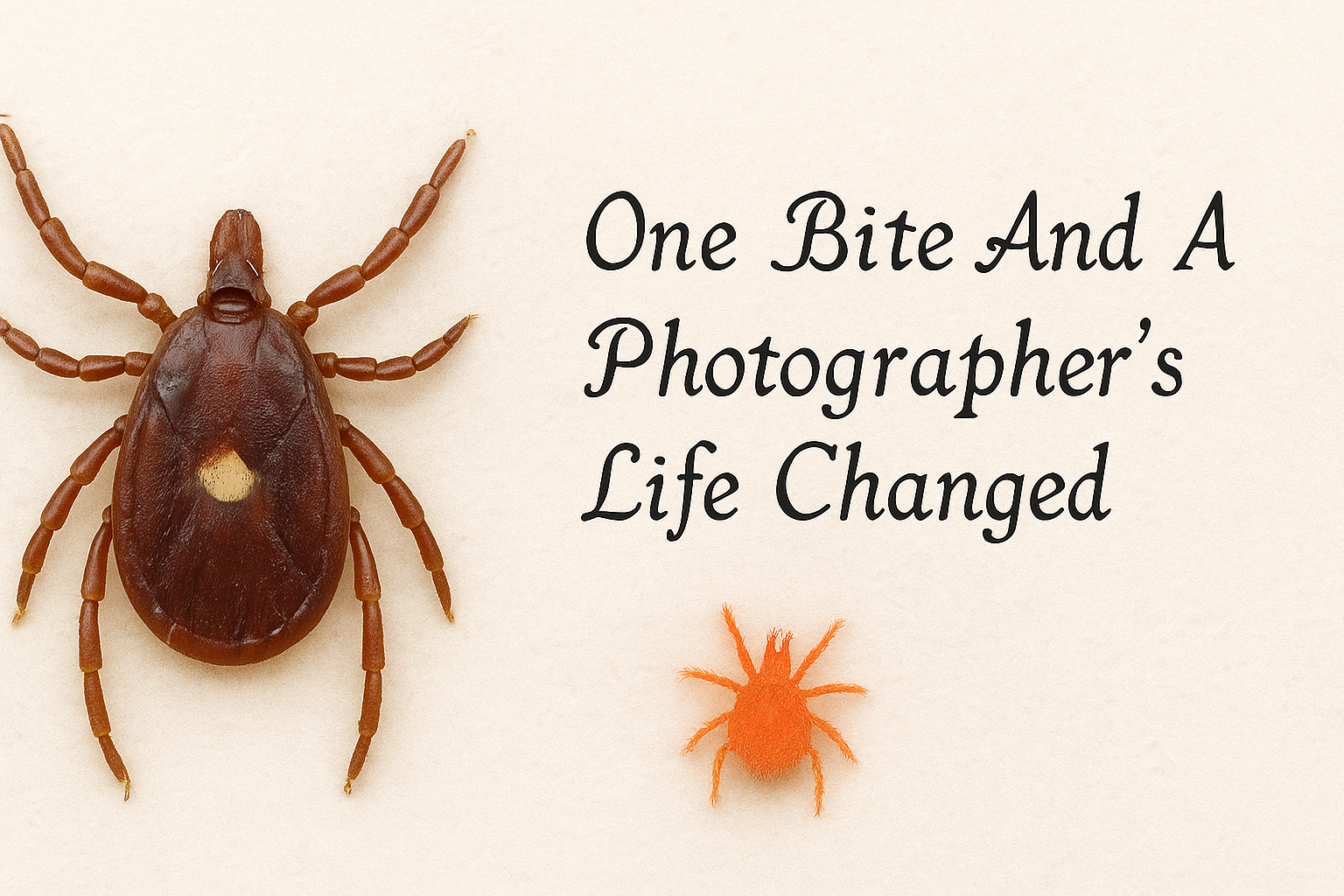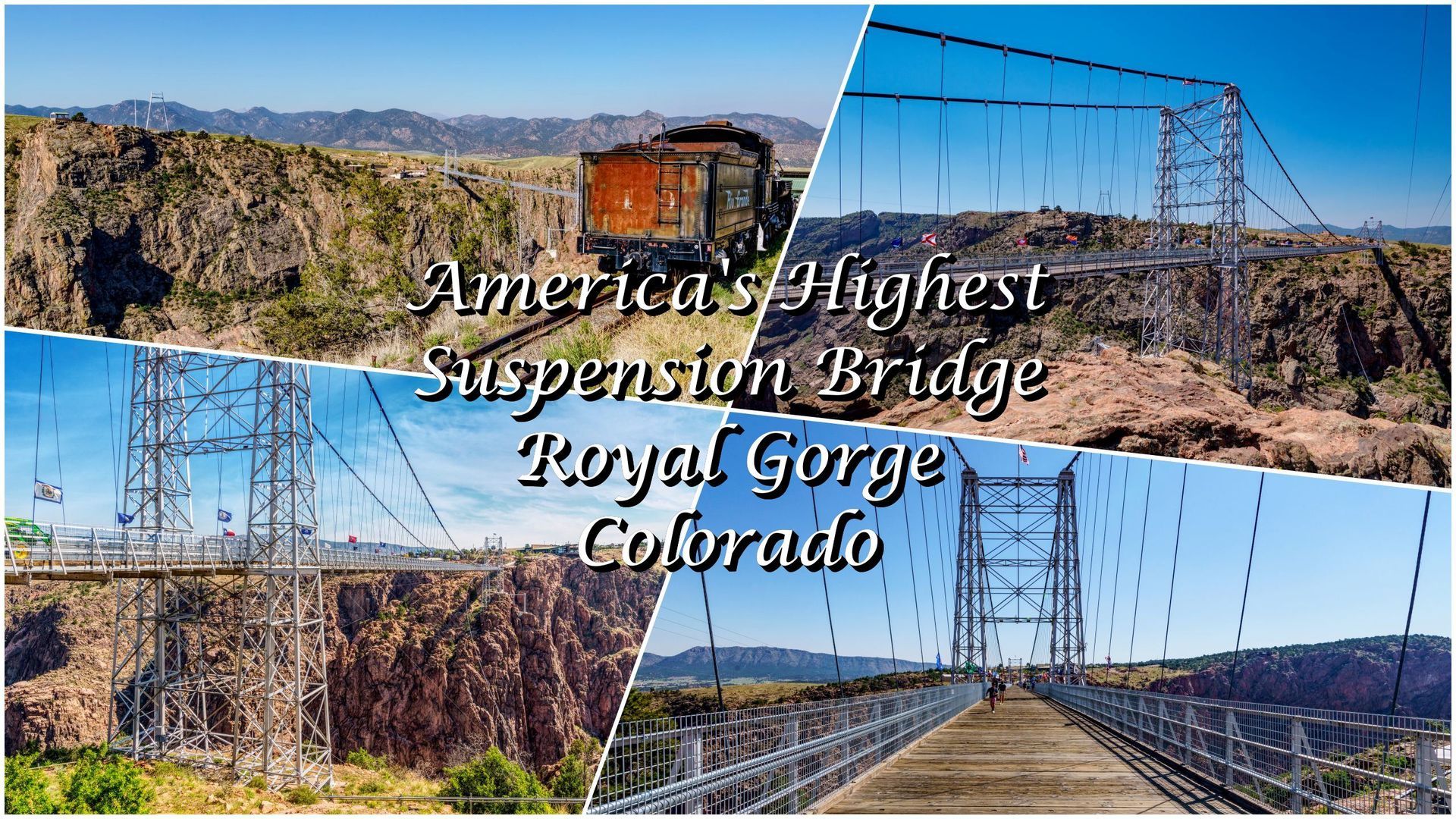Difference In Outdoor Portrait Lighting Techniques
There are different basic lighting techniques. Determine which one is right for you.

Are you a client looking for a photographer, or a photographer learning about outdoor portrait photography? There are 3 basic types of lighting techniques. You'll want to determine which one is best for you.
If you're a client looking for a professional photographer that fits your style, make sure you check out their portfolio before you hire them. Don't be afraid to ask some questions. Every photographer has their own style and own technique.
Light is just as, if not more important than the equipment. Now you're probably wondering why I would say that because there's a lot of difference between the quality of a point and shoot camera versus a professional full frame camera. Just because someone has professional camera equipment, doesn't make them a photographer. If they don't understand light or how to use their cameras in manual mode then the photos won't be professional quality.
I'm not going to say which (natural or manmade) is the best technique because it really does come down to your specific preference. I am going to say there is a difference between a hobby / new photographer and a professional one. All photographers have to start somewhere so every single photographer has been in that hobby / amatuer spot at the beginning of their career.
If you are looking for good family photos, and don't want to spend a lot of money, a hobby photographer typically isn't the direction I would recommend. If the hobby photographer doesn't charge much or would like to offer a free session for experience and practice that is okay, but they are still learning and understanding light so you aren't going to get best quality.
If you're looking for great quality but don't want to spend a lot of money, then that's what I say the box store portrait studio places are good for. Nothing wrong with that, I used places like Olan Mills, JC Penny, and Sears for some of my daughters portraits when she was a baby (that was before I started doing photography professionally). The photos are good, but not super creative and not edited. I do wish I would have spent a little more money for a professional photographer. Unfortunately kids grow up and you don't that 2nd chance to retake those photos.
So in other words, if you're a new photographer, I recommend lots and lots of practice so you can learn quicker and be of better benefit to your clientele. Practice and experience is the best way to learn and understand light.

Here's a classic image that shows the difference in lighting. Please note this article is about basic lighting techniques. Professional photographers often use other lighting effects such as backfill light either natural or from flash, diffusers and off camera flash. While cameras have come a long way, they still can't see what the human eyes see which is why understanding light is so important.
Hobby photographers are still learning light, so most will often have darker faces or their face will be too bright because the don't use flash and not sure what to expose for. They can sometimes have both the background and subject in focus which can make the eyes focus on the background more than the subject.
Natural light photography often has more blown out highlights (especially in the sky) depending on the outdoor lighting conditions. This is because they are exposing for the face and eyes. You can often get some real cool and dramatic effects with this. Sometimes the overall color and contrast are a little more muted, softer and even toned (foreground is same brightness or darkness as the background). And sometimes the shadows are still a little to dark. Natural light photographers will also sometimes use diffusers for extra light or for fill.
Fill flash photography when used properly, gently fills in those shadows on the face, but yet, shows more contrast and breaks the subject away from the background (backlighting works best for that). Fill flash also typically has more color and shows lets the details in the sky show. Flash photographers also use diffusers when extra fill is needed.
I'm more of a fill flash photographer because I like the richer colors and the contrast. I'm also not a fan of overblown skies. However, I also do natural light sometimes depending on certain lighting conditions, but fill flash is my #1 choice.
What basic lighting technique do you like?


















